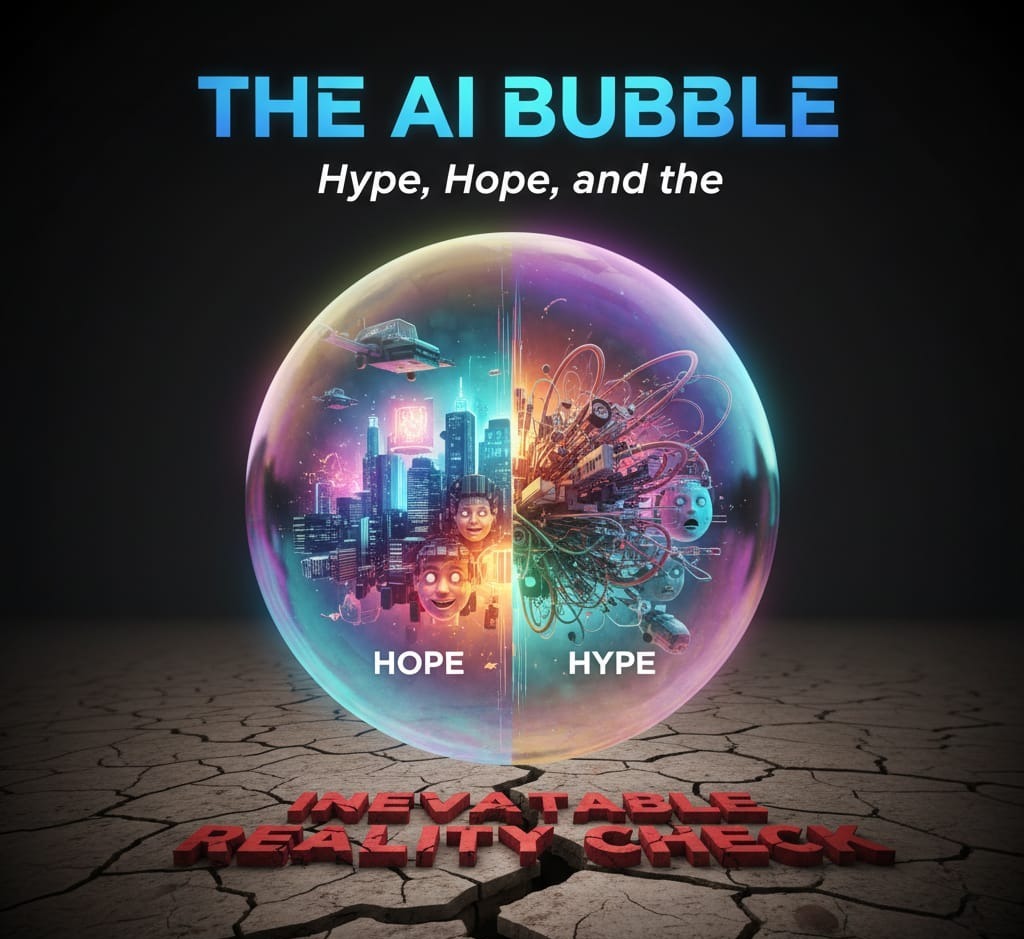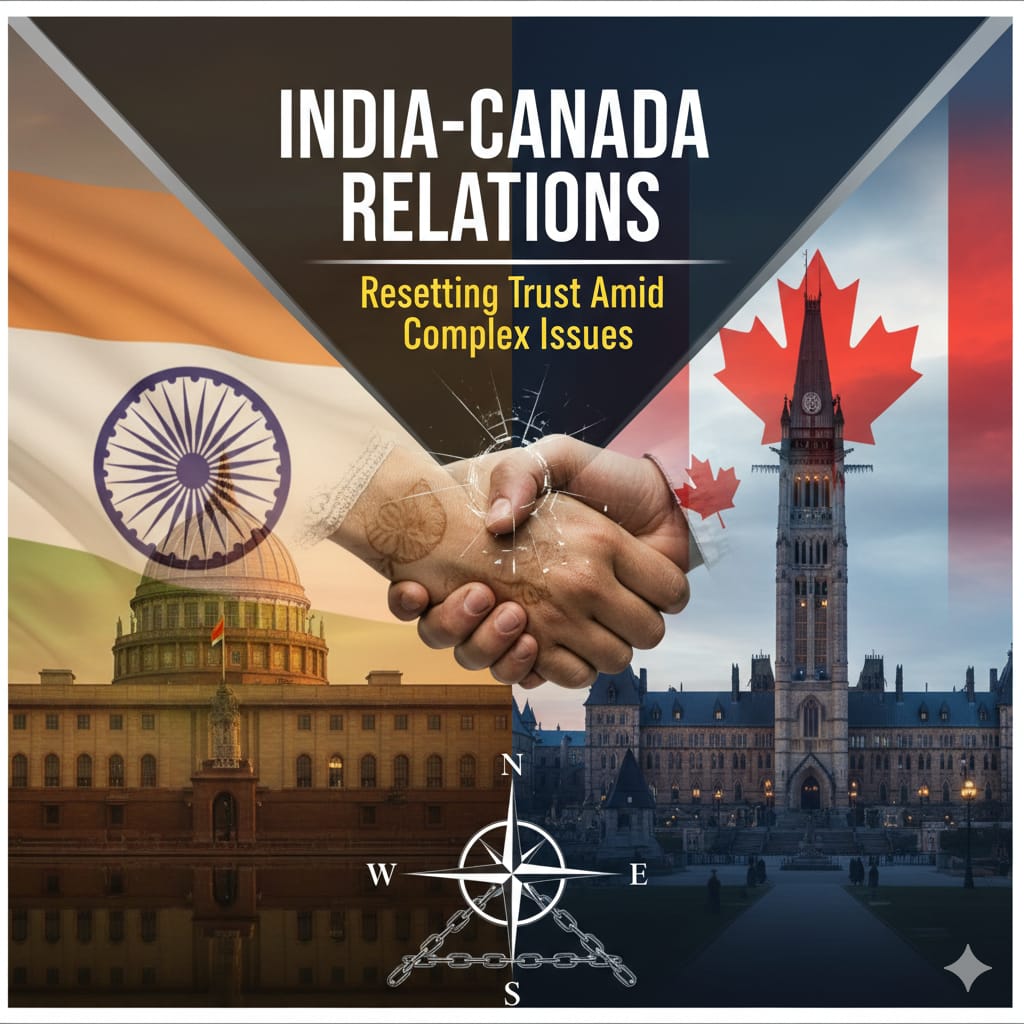
The world’s obsession with artificial intelligence has reached a fever pitch. From self-driving cars to talking chatbots, AI is being hailed as the new electricity, a transformative force destined to reshape everything. Yet, as valuations soar and startups multiply, a growing number of economists and tech leaders warn that the AI boom may soon face a harsh correction. Beneath the glossy narrative of innovation lies an uncomfortable truth: the economics of AI may not be as intelligent as the technology itself.
Financial institutions, including the Bank of England and the International Monetary Fund, have sounded cautious notes, pointing out that AI-linked assets are now priced far beyond sustainable value. The parallels with the dot-com bubble are becoming harder to ignore. Then, as now, investors chased a dream of infinite growth, convinced that disruption itself was a business model. This time, the buzzwords are “large language models” and “generative AI.” The problem is that profits, the one thing that sustains revolutions, remain elusive.
Sam Altman, CEO of OpenAI, has admitted that we are in an “AI bubble,” though he argues it is one that will ultimately benefit humanity. His honesty, however, does little to calm nerves in Silicon Valley. Analysts at major investment firms note that the cost of running AI systems remains painfully high. Power-hungry data centers, skyrocketing chip prices, and constant model training create expenses that most AI startups cannot offset with current revenue. A typical chatbot query costs several times more than a standard internet search. Multiply that by millions of users, and the balance sheet begins to look less like innovation and more like indulgence.
Venture capital has poured into the field at record levels, crossing hundreds of billions globally. Yet the majority of these investments back companies that have no clear product-market fit. From AI-generated marketing tools to “AI-powered” recruitment platforms, many products differ only in name from their non-AI predecessors. The addition of the term “AI” has become the modern equivalent of the 1990s “.com” suffix, a quick ticket to inflated valuations.
Even established giants are not immune. Nvidia, the poster child of the AI hardware boom, briefly touched a valuation higher than the entire German stock market. Goldman Sachs CEO David Solomon has already warned of an inevitable “drawdown,” a polite Wall Street term for a major correction. History backs him up; no market in modern times has maintained such exponential growth without a pullback.
To be fair, the argument for a lasting AI transformation is not without merit. The technology is real, its applications are vast, and productivity benefits could emerge over time. The issue is not the capability of AI but the commercial narrative built around it. Many of today’s AI companies are racing to out-spend each other, offering free or underpriced tools in hopes of future dominance. If user growth stalls or monetization falters, even the most celebrated unicorns may struggle to survive.
Energy demand adds another layer of vulnerability. As data centers expand globally, their electricity use is rising at an alarming pace. In regions like Ireland and Singapore, governments have already imposed restrictions on new data centers due to grid pressure. Environmental sustainability, once a tech bragging point, could soon become a regulatory constraint, further increasing costs and slowing growth.
What, then, could burst the bubble? Three scenarios loom large. First, a financial shock that makes investors retreat from risky assets. Second, a technological disruption that renders today’s costly AI architectures obsolete. Third, a psychological shift when users and markets simply tire of the “AI in everything” narrative. Any of these could turn enthusiasm into exodus.
Yet every bubble has its silver lining. The dot-com crash, painful as it was, paved the way for the giants of the modern internet. Similarly, the eventual cooling of AI mania could separate genuine innovators from opportunists. Companies with real utility, those solving tangible problems in health, education, and productivity, will likely endure. The rest will serve as expensive case studies in human overconfidence.
In the end, calling AI a bubble does not dismiss its potential; it simply reminds us that technology alone does not rewrite economic gravity. When speculation outpaces substance, correction is not just probable, it is healthy. The next chapter of AI may not be written in the language of hype but in the quiet, deliberate code of those who survive the storm.


.jpeg)


.jpeg)





.jpeg)



.jpeg)



.jpeg)
.jpeg)